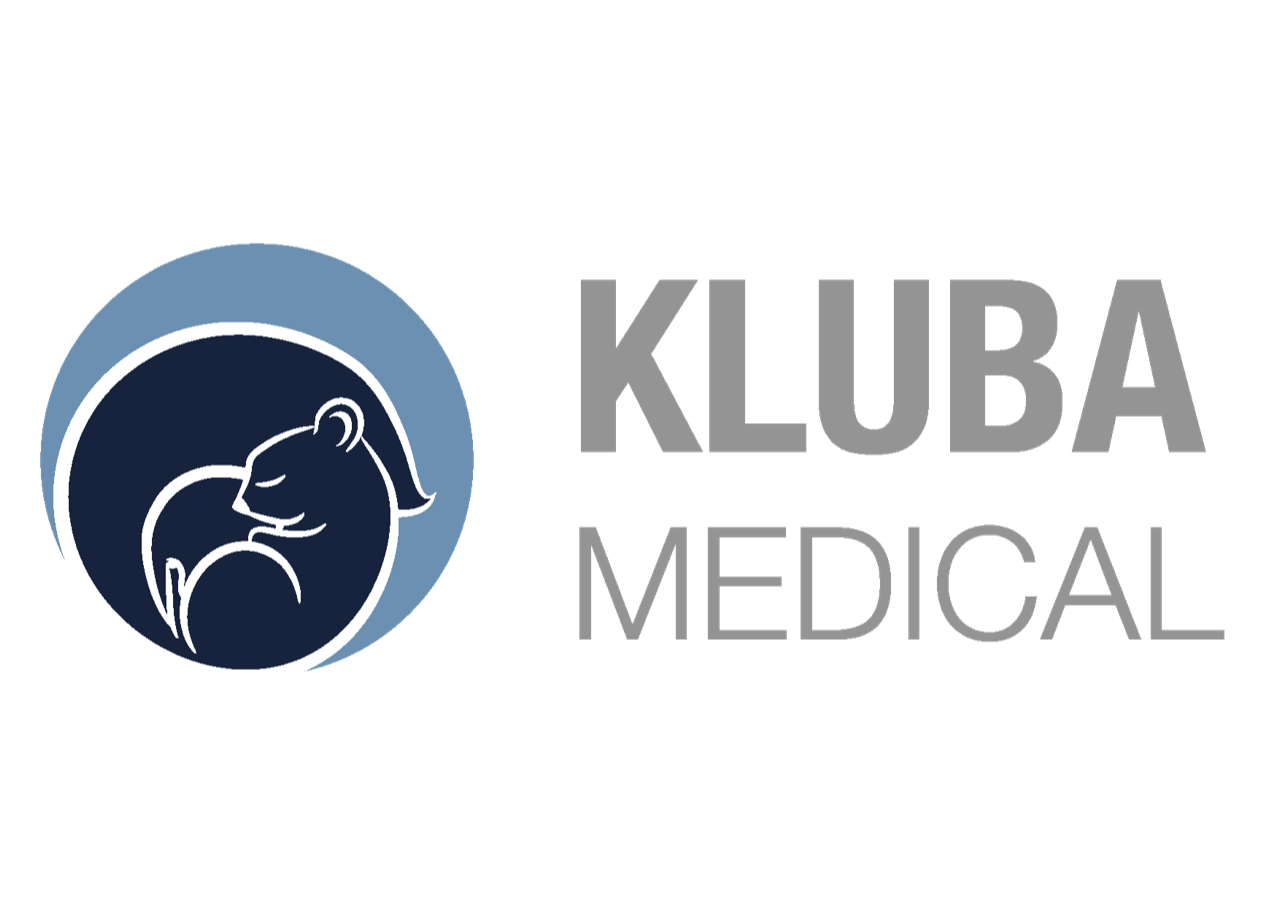Skip to content
- Bolk J, Farooqi A, Hafström M, Åden U, Serenius F. Developmental Coordination Disorder and Its Association With Developmental Comorbidities at 6.5 Years in Apparently Healthy Children Born Extremely Preterm. JAMA Pediatr. 2018 Aug 1;172(8):765-774. doi: 10.1001/jamapediatrics.2018.1394. PMID: 29868837; PMCID: PMC6142915.
- Cornell EH, Gottfried AW. Intervention with Premature Human Infants. Child Development. 1976, 47(1): 32–39. https://doi.org/10.2307/1128280)
- Rahkonen P, Lano A, Pesonen A, Heinonen K, Raikkonen K, Vanhatalo S. Atypical sensory processing is sommon in extremely low gestational age children. Acta Paediatr. 2015;104:522-528)
- Neal MV. Vestibular stimulation and developmental behavior of the small premature infant. Nurs Res Rep. 1968 Mar;3(1):1, 3-5. PMID: 5300354
- Jesus VR, Oliveira PMN, Azevedo VMGO. Effects of hammock positioning in behavioral status, vital signs, and pain in preterms: a case series study. Braz J Phys Ther. 2018 Jul-Aug;22(4):304-309. doi: 10.1016/j.bjpt.2018.03.002. Epub 2018 Mar 15. PMID: 29598896; PMCID: PMC6095095
- Ribas CG, Andreazza MG, Neves VC, Valderramas S. Effectiveness of Hammock Positioning in Reducing Pain and Improving Sleep-Wakefulness State in Preterm Infants. Respir Care 2019;64(4):384-389
- Calciolari G, Montirosso R. The sleep protection in the preterm infants. J Matern Fetal Neonatal Med. 2011 Oct;24 Suppl 1:12-4. doi: 10.3109/14767058.2011.607563. PMID: 21942583.
- Grigg-Damberger MM, Wolfe KM. Infants Sleep for Brain. J Clin Sleep Med. 2017 Nov 15;13(11):1233-1234. doi: 10.5664/jcsm.6786. PMID: 28992837; PMCID: PMC5656471.
- Arditi-Babchuk H, Feldman R, Eidelman AI. Rapid eye movement (REM) in premature neonates and developmental outcome at 6 months. Infant Behav Dev. 2009 Jan;32(1):27-32. doi: 10.1016/j.infbeh.2008.09.001. Epub 2008 Nov 8. PMID: 18996599.
- Geva R, Yaron H, Kuint J. Neonatal Sleep Predicts Attention Orienting and Distractibility. J Atten Disord. 2016 Feb;20(2):138-50. doi: 10.1177/1087054713491493. Epub 2013 Jul 26. PMID: 23893532
- Weisman O, Magori-Cohen R, Louzoun Y, Eidelman AI, Feldman R. Sleep-wake transitions in premature neonates predict early development. Pediatrics. 2011 Oct;128(4):706-14. doi: 10.1542/peds.2011-0047. Epub 2011 Sep 12. PMID: 21911350.
- Smithson L, Baird T, Tamana SK, Lau A, Mariasine J, Chikuma J, Lefebvre DL, Subbarao P, Becker AB, Turvey SE, Sears MR; CHILD Study Investigators; Beal DS, Pei J, Mandhane PJ. Shorter sleep duration is associated with reduced cognitive development at two years of age. Sleep Med. 2018 Aug;48:131-139. doi: 10.1016/j.sleep.2018.04.005. Epub 2018 Apr 30. PMID: 29906629.
- Keller A, Arbel N, Merlob P, Davidson S. Neurobehavioral and autonomic effects of hammock positioning in infants with very low birth weight. Pediatr Phys Ther 2003;15(1):3-7)
- Costa KSF, Fernandes DDS, Paula RAP, Guarda LEDA, Daré MF, Castral TC, Ribeiro LM. Hammock and nesting in preterm infants: randomized controlled trial. Rev Bras Enferm. 2019 Dec;72(suppl 3):96-102. English, Portuguese. doi: 10.1590/0034-7167-2018-0099. PMID: 31851240
- Costa KS, Beleza LO, Souza LM, Ribeiro LM. Hammock position and nesting: comparison of physiological and behavioral effects in preterm infants. Rev Gaucha Enferm. 2017 Mar 30;37(spe):e62554. Portuguese, English. doi: 10.1590/1983-1447.2016.esp.62554. PMID: 28380151.
- Smith GC, Gutovich J, Smyser C, Pineda R, Newnham C, Tjoeng TH, Vavasseur C, Wallendorf M, Neil J, Inder T. Neonatal intensive care unit stress is associated with brain development in preterm infants. Ann Neurol. 2011 Oct;70(4):541-9. doi: 10.1002/ana.22545. Epub 2011 Oct 4. PMID: 21976396; PMCID: PMC4627473
- Holsti L, MacLean K, Oberlander T, Synnes A, Brant R. Calmer: a robot for managing acute pain effectively in preterm infants in the neonatal intensive care unit. Pain Rep. 2019 Mar 14;4(2):e727. doi: 10.1097/PR9.0000000000000727. PMID: 31041426; PMCID: PMC6455690.
- Jirapaet K. The effect of vertical pulsating stimulation on apnea of prematurity. J Med Assoc Thai. 1993 Jun;76(6):319-26. PMID: 8083624.
- Tuck SJ, Monin P, Duvivier C, May T, Vert P. Effect of a rocking bed on apnoea of prematurity. Arch Dis Child. 1982 Jun;57(6):475-7. doi: 10.1136/adc.57.6.475. PMID: 7092314; PMCID: PMC1627664.
- Barnard KE, Bee HL. The Impact of Temporally Patterned Stimulation on the Development of Preterm Infants. Child Development 1983; 54(5), 1156–1167. https://doi.org/10.2307/1129671
- Neal MD. The relationship between a regimen of vestibular stimulation and the developmental behavior oft he premature infant. Unpublished PH.D. dissertation, New York University, 1967 beschrieben in Pederson DR, Vrugt DT. The Influence of Amplitude and Frequency of Vestibular Stimulation on the Activity of Two-Month-Old Infants. Child Development 1973; 44(1), 122–128. https://doi.org/10.2307/1127688
- Rodovanski GP, Réus BAB, Neves Dos Santos A. The effects of multisensory stimulation on the length of hospital stay and weight gain in hospitalized preterm infants: A systematic review with meta-analysis. Braz J Phys Ther. 2023 Jan-Feb;27(1):100468. doi: 10.1016/j.bjpt.2022.100468. Epub 2022 Dec 20.PMID: 36689887; PMCID: PMC9876839
- Jirapaet K. The effect of vertical pulsating stimulation on apnea of prematurity. J Med Assoc Thai. 1993 Jun;76(6):319-26. PMID: 8083624.
- Tuck SJ, Monin P, Duvivier C, May T, Vert P. Effect of a rocking bed on apnoea of prematurity. Arch Dis Child. 1982 Jun;57(6):475-7. doi: 10.1136/adc.57.6.475. PMID: 7092314; PMCID: PMC1627664.
- Barnard KE, Bee HL. The Impact of Temporally Patterned Stimulation on the Development of Preterm Infants. Child Development 1983; 54(5), 1156–1167. https://doi.org/10.2307/1129671
- Neal MD. The relationship between a regimen of vestibular stimulation and the developmental behavior oft he premature infant. Unpublished PH.D. dissertation, New York University, 1967 beschrieben in Pederson DR, Vrugt DT. The Influence of Amplitude and Frequency of Vestibular Stimulation on the Activity of Two-Month-Old Infants. Child Development 1973; 44(1), 122–128. https://doi.org/10.2307/1127688
